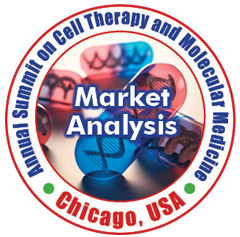Ali Mohammad Hasan Joshaghani
Islamic Azad University, Iran
Title: Trends and limitation in hydrogel-based therapies for myocardial regeneration
Biography
Biography: Ali Mohammad Hasan Joshaghani
Abstract
Struggling to expand man's life expectancy, scientists have always come across a rather remarkable obstacle damage done to cardiac tissue by myocardial infarction. Incapability of self-regeneration in myocardium causes major problems in the treatment of cardiovascular diseases. Myocardial infarction cannot be tackled effectively by existing approaches such as pharmaceutical therapy, organ transplant or implantation of medical devices; Said methods lack the efficiency expected of the modern technology, since they exert matters such as shortage of donor organs, long periods of hospitalization, rejection of the immune system, heavy operations often including high invasiveness and a high risk of degeneration. In order to regenerate damaged heart muscle, cell-based regenerative therapies and tissue engineering products have gained popularity these days. Injectable hydrogels are one of the tissue engineering products with great potential in treating heart diseases. Different kinds of hydrogels including cell-free hydrogels or those loaded with cardiac stem cells or bioactive agents are available, and previous treatments of heart diseases are now becoming less popular. Hydrogels can be injected intracoronary, epicardial or endocardial. These gels have satisfactory stiffness and viscoelasticity, most of them are biocompatible, and some are biodegradable and conductive as well; such traits encounter myocardial patches' downsides such as hypoxia, electro-provocation, patch rejection and many more. In what follows we are going to shed some light on hydrogels loaded with or carrying angiogenes drugs or cardiac stem cells and their advantages against the aforementioned methods.

